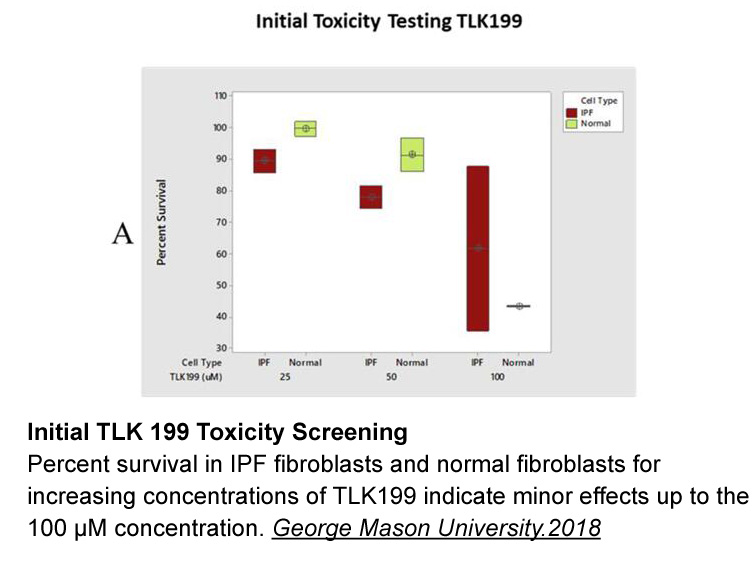Archives
However although in vitro studies in
However, although in vitro studies in heterologous systems have provided very important indications of potential novel pharmacology, the studies with endogenous receptors in native tissues are essential to provide evidence for GPCR heteromerization in vivo and to confirm its physiological relevance. To show the existence of 5-HT1A–D2 receptor heteromers in adult primary neuronal cells and in native tissue, we used in situ PLA (Sӧderberg et al., 2006, Weibrecht et al., 2010, Trifilieff et al., 2011). To physically interact in vivo, both receptor protomers should co-localize in the same particular cell. As revealed by our immunofluorescent staining and in agreement with previous results (Łukasiewicz et al., 2016), the considerable co-localization of 5-HT1A and D2 receptors occurred in the mouse prefrontal cortex (PCX), which is a brain region especially involved in mood disorders, e.g., anxiety or obsessive–compulsive disorder (OCD) (Ahmari et al., 2013, Burguière et al., 2013). Additionally, our experiments showed that the highest expression of 5-HT1A–D2 receptor heteromers in terms of total number of PLA signals also occurred in the prefrontal cortex, as compared to other brain regions. According to literature data, 5-HT1A receptors are found at high densities in the prefrontal cortex of many species (Pazos and Palacios, 1985, Pompeiano et al., 1992, Marazziti et al., 1994, Santana et al., 2004). In rodents, they are expressed in a somatodendritic localization (Riad et al., 2000) and in Apelin-13 mg of pyramidal cells (Azmitia et al., 1996). In the rat prefrontal cortex, 60% of the glutamatergic cells and 25% of the GABAergic interneurons express 5-HT1A receptors (Santana et al., 2004, Palchaudhuri and Flügge, 2005). 5-HT1A receptor is also expressed on astrocytes and its stimulation regulates growth of serotonergic neurons (Whitaker-Azmitia and Azmitia, 1989). The distribution of D2 receptor in the brain cortex has been confirmed by receptor radioligand autoradiography or mRNA in situ hybridization (Lidow et al., 1989, Camps et al., 1990, Mengod et al., 1992). Initially, D2 receptor immunostaining in the cortex has been found to be mostly associated with non-pyramidal neurons (Khan et al., 1998), mainly in soma  and dendritic shafts (Khan et al., 2001). Afterward, it has been shown that D2 mRNA in rodents is also present in the cortical pyramidal cells, especially in the subcortically projecting L5 pyramidal neurons (Santana et al., 2009, Gee et al., 2012, Vitrac et al., 2014, Leyrer-Jackson and Thomas, 2017). Additionally, it is estimated that approximately 35% of the total D2 receptor binding activity in the cortex may be associated with astrocytes (Bal et al., 1994, Khan et al., 2001). Based on the mentioned studies, both 5-HT1A and D2 receptors are present in GABAergic and glutamatergic pyramidal neurons and in astrocytes. Therefore, it is probable that cortical 5-HT1A–D2 receptor heteromerization occurs in these cell types. Our in vitro studies with primary cortical cultures and counterstaining with neuronal and astrocytal markers after PLA confirmed the possible existence of 5-HT1A–D2 receptor heteromers in neurons and fibrous and protoplasmic astrocytes. However, it remains unknown whether 5-HT1A–D2 receptor heteromerization in neurons has the same functional consequences as heteromerization in astrocytes. Counterstaining after PLA with some neuronal subtype-specific markers revealed that 5-HT1A–D2 heteromers were present in pyramidal (vGlut1-positive) and GABAergic (GAD67- and parvalbumin-positive) neurons. However, it should be taken into account that the experiment was carried out in primary neuronal cell culture and such in vitro observation could only be an approximation of possible in vivo heteromer localization. In our study, we have used neurons and astrocytes isolated from adult animals, which have some advantages over using undifferentiated embryonic or early-postnatal cells. However, cultured astrocytes and neurons may have some distinct properties comparing to cells in vivo, according to differences in gene expression and phenotypic characteristics (Cahoy et al., 2008). Additionally, the prefrontal cortex is characterized by cellular heterogeneity and layer specificity with multiple afferents and local networks modulating the response of neurons, what all affects the phenotypic characteristics of cortical cells and signaling mechanisms involved.
and dendritic shafts (Khan et al., 2001). Afterward, it has been shown that D2 mRNA in rodents is also present in the cortical pyramidal cells, especially in the subcortically projecting L5 pyramidal neurons (Santana et al., 2009, Gee et al., 2012, Vitrac et al., 2014, Leyrer-Jackson and Thomas, 2017). Additionally, it is estimated that approximately 35% of the total D2 receptor binding activity in the cortex may be associated with astrocytes (Bal et al., 1994, Khan et al., 2001). Based on the mentioned studies, both 5-HT1A and D2 receptors are present in GABAergic and glutamatergic pyramidal neurons and in astrocytes. Therefore, it is probable that cortical 5-HT1A–D2 receptor heteromerization occurs in these cell types. Our in vitro studies with primary cortical cultures and counterstaining with neuronal and astrocytal markers after PLA confirmed the possible existence of 5-HT1A–D2 receptor heteromers in neurons and fibrous and protoplasmic astrocytes. However, it remains unknown whether 5-HT1A–D2 receptor heteromerization in neurons has the same functional consequences as heteromerization in astrocytes. Counterstaining after PLA with some neuronal subtype-specific markers revealed that 5-HT1A–D2 heteromers were present in pyramidal (vGlut1-positive) and GABAergic (GAD67- and parvalbumin-positive) neurons. However, it should be taken into account that the experiment was carried out in primary neuronal cell culture and such in vitro observation could only be an approximation of possible in vivo heteromer localization. In our study, we have used neurons and astrocytes isolated from adult animals, which have some advantages over using undifferentiated embryonic or early-postnatal cells. However, cultured astrocytes and neurons may have some distinct properties comparing to cells in vivo, according to differences in gene expression and phenotypic characteristics (Cahoy et al., 2008). Additionally, the prefrontal cortex is characterized by cellular heterogeneity and layer specificity with multiple afferents and local networks modulating the response of neurons, what all affects the phenotypic characteristics of cortical cells and signaling mechanisms involved.